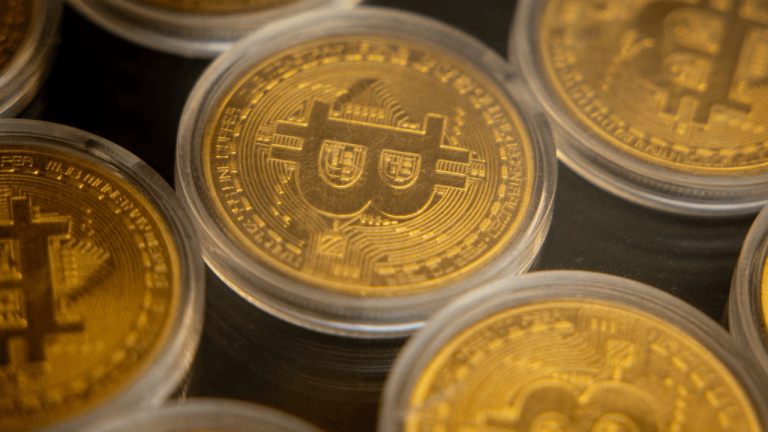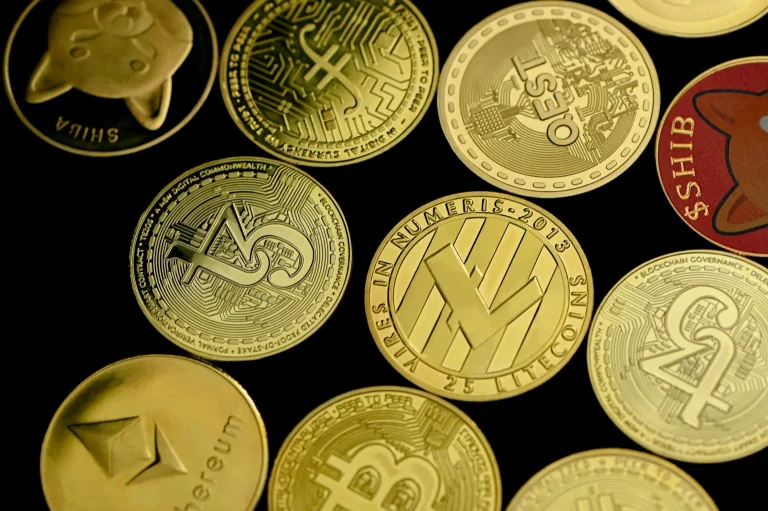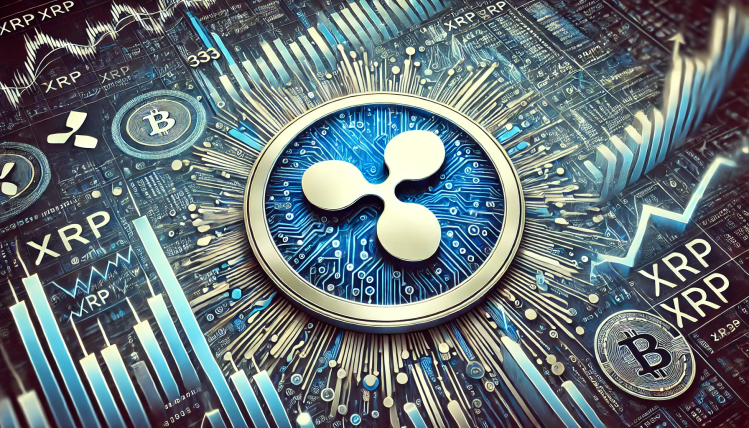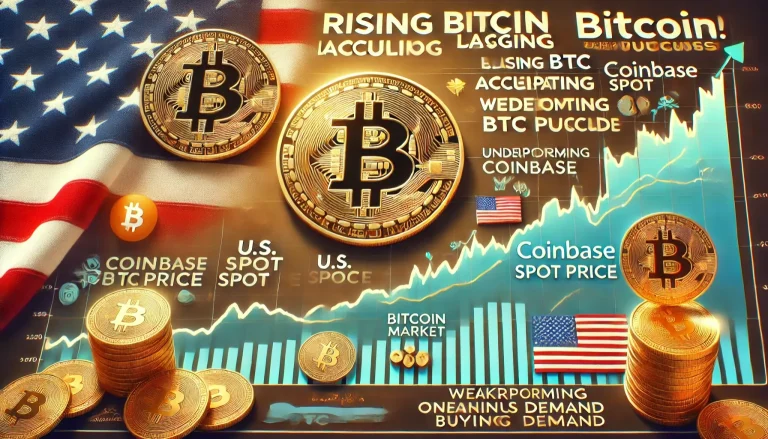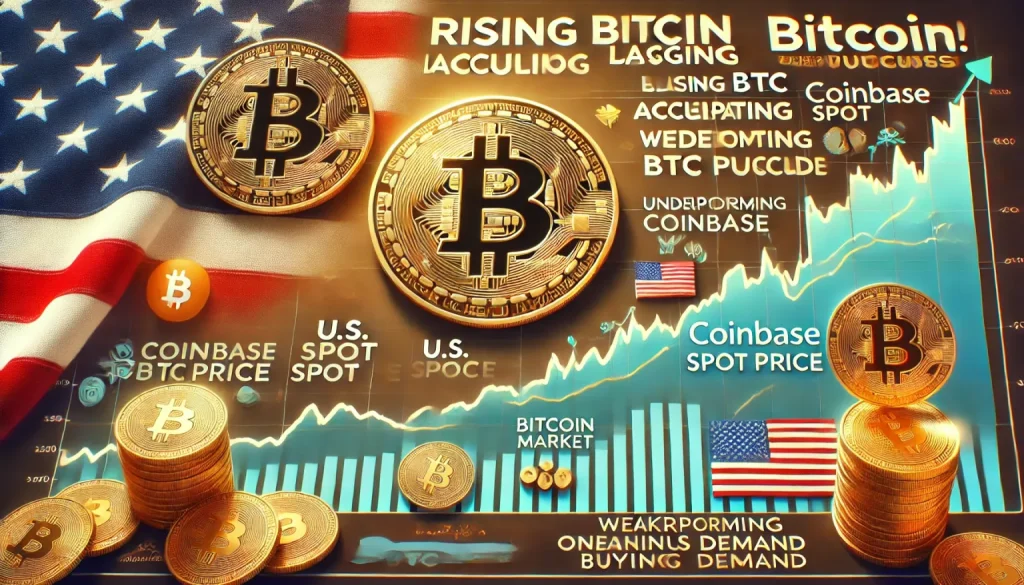
Bitcoin’s price on Coinbase, one of the largest cryptocurrency exchanges in the United States, has been lagging behind other major exchanges despite large BTC purchases from institutional and retail investors. This unusual price discrepancy has led to speculation that US-based demand for Bitcoin may be weakening compared to global markets.
With Bitcoin’s price action showing divergence across exchanges, investors are wondering: Is this just a short-term anomaly, or a sign of shifting market trends?
📉 The Coinbase Price Discrepancy: What’s Happening?
Historically, Coinbase has often traded at a premium compared to other exchanges like Binance, Kraken, and Bitstamp due to its strong US-based demand. However, recent market data shows that BTC prices on Coinbase are trailing behind, signaling potential weakened buying pressure in the US market.
🔹 Recent Price Disparities:
- Bitcoin on Coinbase has been trading $50–$200 lower than on Binance and other global exchanges.
- Large BTC purchases on Coinbase have failed to push prices up, suggesting supply is outweighing demand.
- This trend contradicts past bull markets, where Coinbase often led price surges.
📊 Key On-Chain and Market Observations:
- Coinbase Premium Index, which measures the price difference between Coinbase and Binance, has been negative, meaning BTC is cheaper on Coinbase.
- Lower spot demand from US buyers could indicate institutional hesitancy or a shift toward other investment vehicles like spot Bitcoin ETFs.
- Trading volume on Coinbase has seen a decline, reflecting potential risk-off sentiment among US investors.
🔎 Why Is US Demand for Bitcoin Weakening?
There are several possible reasons why Coinbase’s BTC price is lagging and why US demand appears to be softening:
1️⃣ Institutional Shift to Spot Bitcoin ETFs
With the approval of spot Bitcoin ETFs in the US, major institutional investors may be choosing regulated ETF products over direct BTC purchases on exchanges like Coinbase.
🔹 ETF Trading Volumes Have Surged:
- BlackRock’s IBIT ETF has absorbed billions in BTC inflows.
- Grayscale’s GBTC outflows have slowed, stabilizing the ETF market.
- Traditional investors may prefer the security and simplicity of ETFs over holding Bitcoin directly.
2️⃣ Regulatory Uncertainty in the US
US regulators, including the SEC, have maintained a hostile stance toward crypto exchanges. Coinbase itself is facing legal battles, which may be discouraging US traders from engaging heavily on the platform.
3️⃣ Global Exchanges Are Dominating Liquidity
While US demand may be slowing, Asian and European exchanges are seeing a surge in trading activity. Binance, Bybit, and OKX are experiencing higher trading volumes, suggesting that Bitcoin’s bull market may be more global than US-centric this time.
4️⃣ Economic Uncertainty & Federal Reserve Policies
- With the Federal Reserve maintaining high interest rates, US investors could be shifting toward safer assets.
- A strong US dollar also puts pressure on Bitcoin demand, as BTC is often seen as an inflation hedge.
- Lower retail participation in the US suggests that the hype cycle hasn’t yet kicked into full gear.
📈 Will Bitcoin’s Price Catch Up on Coinbase?
Despite the current price lag, there are still strong bullish catalysts for Bitcoin:
✅ If ETF inflows continue to rise, we could see increased demand spill over into spot exchanges like Coinbase.
✅ If Bitcoin reclaims momentum above key levels (e.g., $72,000+), Coinbase’s price premium could return.
✅ If regulatory clarity improves, US institutions may re-enter the spot market aggressively.
However, if US demand remains weak, we may see continued price divergence, with international markets leading the next leg of Bitcoin’s bull run.
🚀 Conclusion: A Temporary Lag or a Shift in Market Structure?
Bitcoin’s lagging spot price on Coinbase is raising concerns about weakening US demand, but it may also reflect a broader market transition. As more institutional players choose ETFs over direct BTC holdings and global markets take the lead in the rally, Bitcoin’s price action is becoming more decentralized.
For now, all eyes are on institutional flows, regulatory developments, and Bitcoin’s ability to break key resistance levels. If demand from US buyers returns, Coinbase could once again become a key driver of Bitcoin’s price action.

